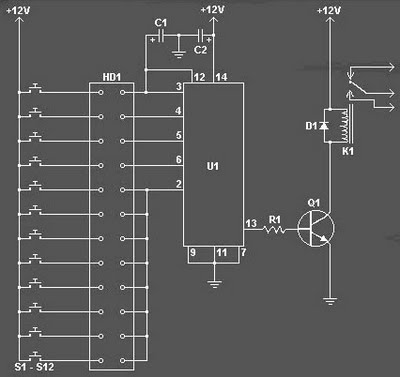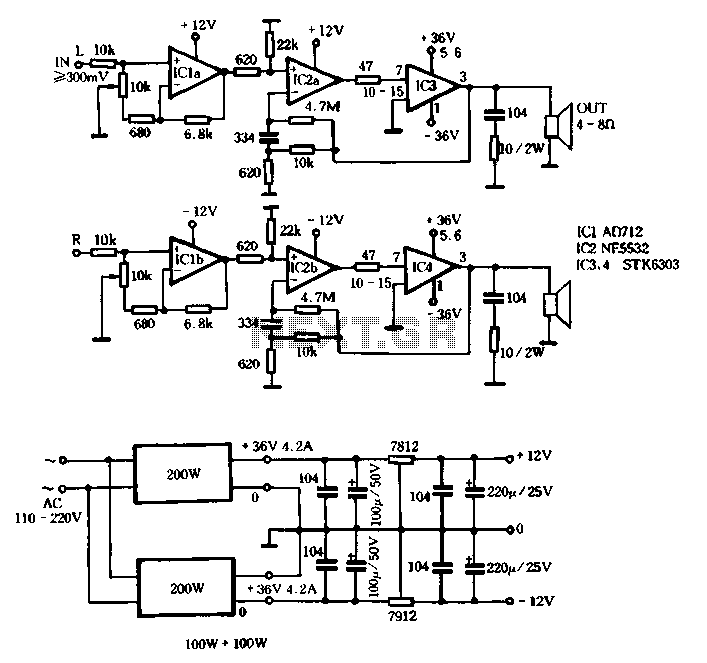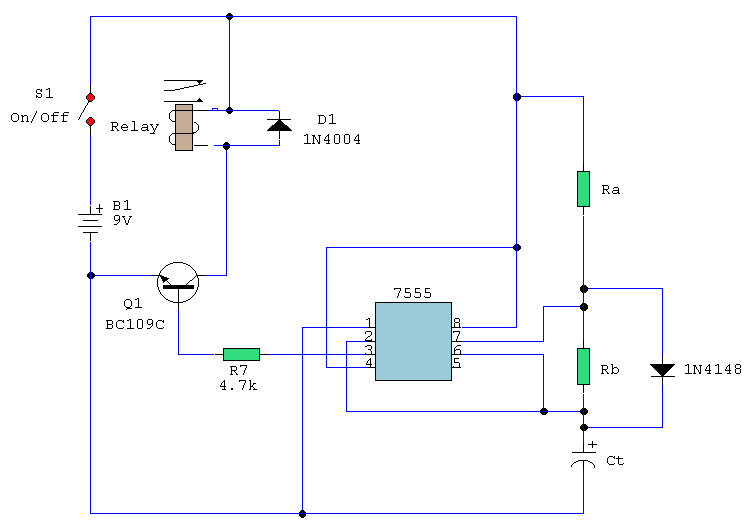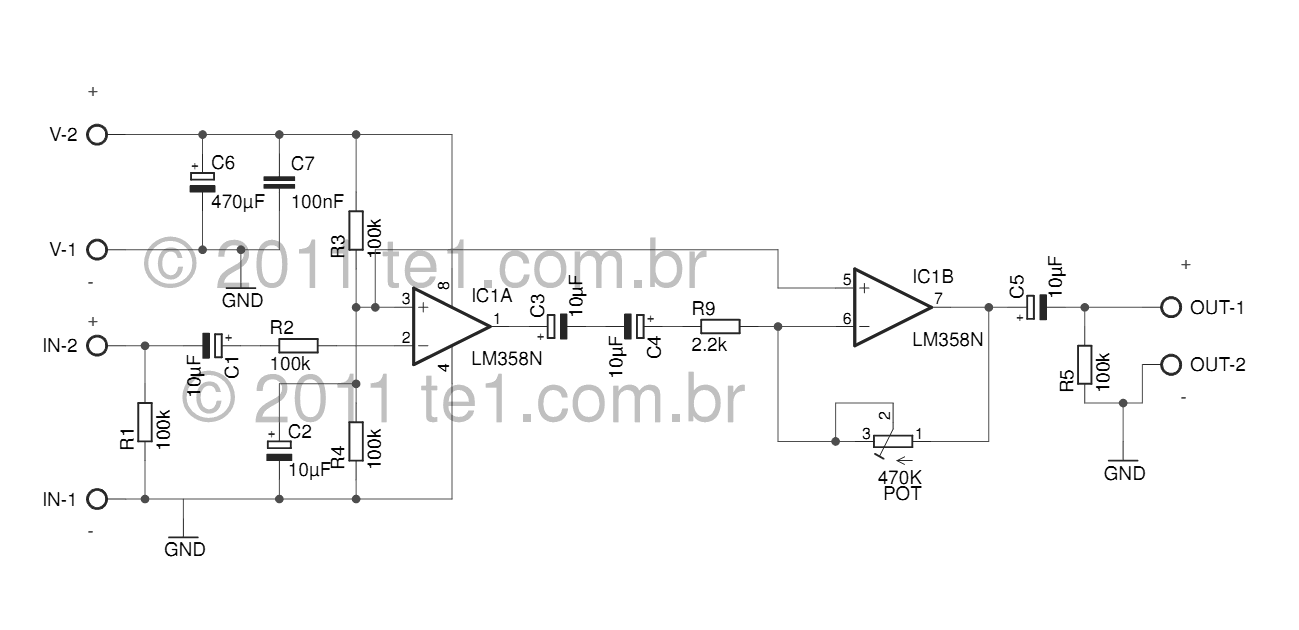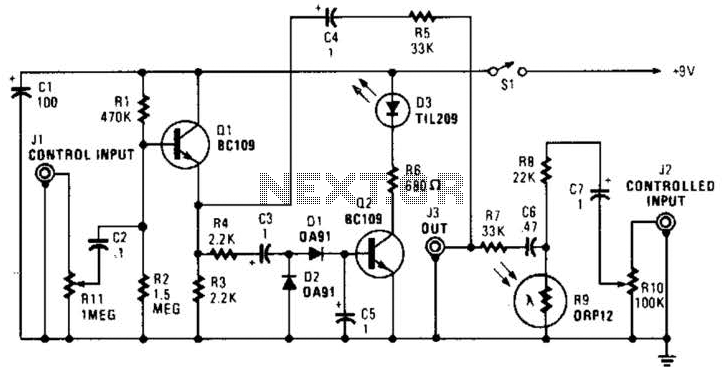
One-way operation of a dynamic braking circuit
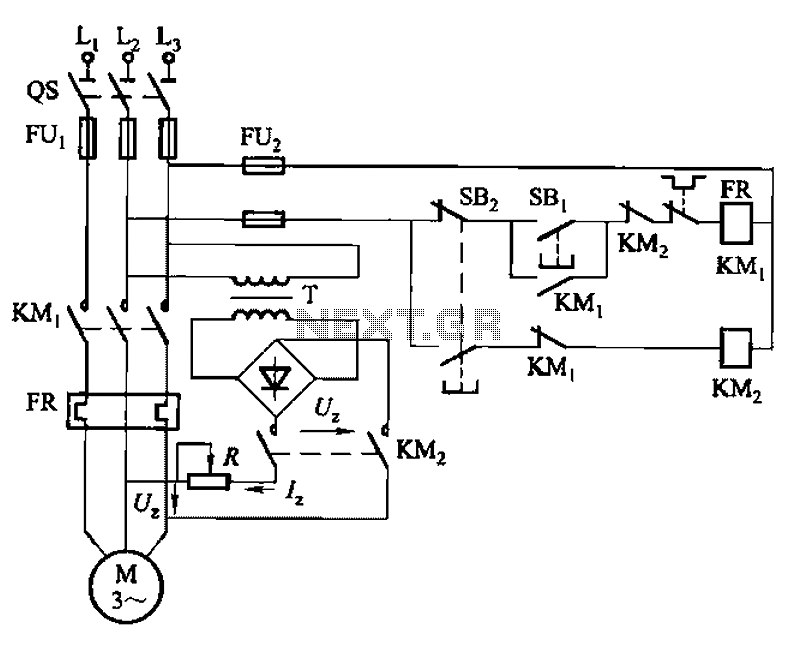
The 3133 circuit is illustrated in Figure 3-133. It features dynamic braking controlled manually via buttons in three separate lines. In part (a) of the figure, the dynamic braking DC power supply is depicted with a step-down transformer and a rectifier bridge. Part (c) shows that the current for dynamic braking is obtained through a diode, indicating that while both methods function similarly, the first method offers a superior braking effect. This circuit is typically utilized in applications requiring braking for motors up to 7.5 kW. For motors with larger power ratings, a three-phase rectifier circuit should be employed in conjunction with the DC power braking system.
The 3133 circuit design incorporates a dynamic braking system that is essential for applications where rapid deceleration of motors is required. The circuit operates by converting the kinetic energy of the motor into electrical energy, which is then dissipated as heat in a resistive load.
The dynamic braking system is controlled manually through a set of buttons, allowing operators to engage or disengage the braking process as needed. This feature is particularly useful in scenarios where immediate stopping is necessary, such as in conveyor systems or industrial machinery.
The power supply for the dynamic braking circuit is derived from a step-down transformer, which reduces the AC voltage to a level suitable for the rectification process. The rectifier bridge converts the AC voltage to DC, providing a stable power source for the braking system. The inclusion of diodes in the circuit ensures that current flows in the correct direction, allowing for effective energy conversion during the braking phase.
Furthermore, the circuit's design is optimized for motors rated up to 7.5 kW, making it a reliable choice for medium-sized applications. For larger motors, it is advisable to implement a three-phase rectifier circuit to handle the increased power demands efficiently. This adaptation ensures that the braking system remains effective and responsive, even under high-load conditions.
Overall, the 3133 circuit exemplifies a practical approach to dynamic braking in electric motor applications, combining manual control with robust electrical components to achieve effective deceleration and energy management.3133 circuit shown in FIG. Figure 3-133 (a), dynamic braking (b), (c) the three lines by manually (button) control. Wherein FIG. (A), (b) the dynamic braking DC power supply wi th step-down transformer, rectifier bridge rectifier obtained, FIG. (C) The current power dynamic braking win by a diode obtained similar they work, but the former than the latter braking effect is good. This circuit, commonly used in the following 7. 5kW, braking demanding situations. For larger power motors, brake should be used with DC power three-phase rectifier circuit.
The 3133 circuit design incorporates a dynamic braking system that is essential for applications where rapid deceleration of motors is required. The circuit operates by converting the kinetic energy of the motor into electrical energy, which is then dissipated as heat in a resistive load.
The dynamic braking system is controlled manually through a set of buttons, allowing operators to engage or disengage the braking process as needed. This feature is particularly useful in scenarios where immediate stopping is necessary, such as in conveyor systems or industrial machinery.
The power supply for the dynamic braking circuit is derived from a step-down transformer, which reduces the AC voltage to a level suitable for the rectification process. The rectifier bridge converts the AC voltage to DC, providing a stable power source for the braking system. The inclusion of diodes in the circuit ensures that current flows in the correct direction, allowing for effective energy conversion during the braking phase.
Furthermore, the circuit's design is optimized for motors rated up to 7.5 kW, making it a reliable choice for medium-sized applications. For larger motors, it is advisable to implement a three-phase rectifier circuit to handle the increased power demands efficiently. This adaptation ensures that the braking system remains effective and responsive, even under high-load conditions.
Overall, the 3133 circuit exemplifies a practical approach to dynamic braking in electric motor applications, combining manual control with robust electrical components to achieve effective deceleration and energy management.3133 circuit shown in FIG. Figure 3-133 (a), dynamic braking (b), (c) the three lines by manually (button) control. Wherein FIG. (A), (b) the dynamic braking DC power supply wi th step-down transformer, rectifier bridge rectifier obtained, FIG. (C) The current power dynamic braking win by a diode obtained similar they work, but the former than the latter braking effect is good. This circuit, commonly used in the following 7. 5kW, braking demanding situations. For larger power motors, brake should be used with DC power three-phase rectifier circuit.

